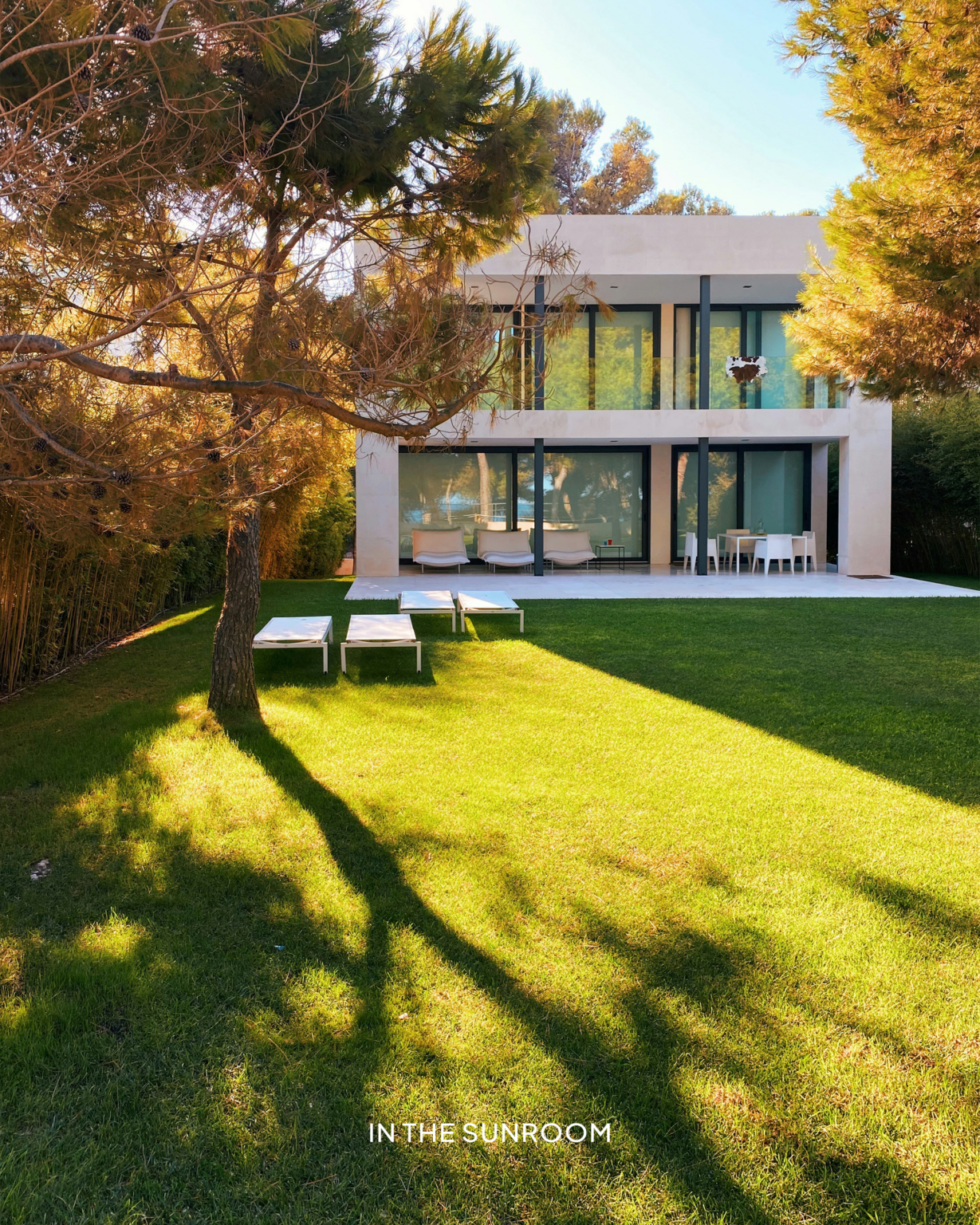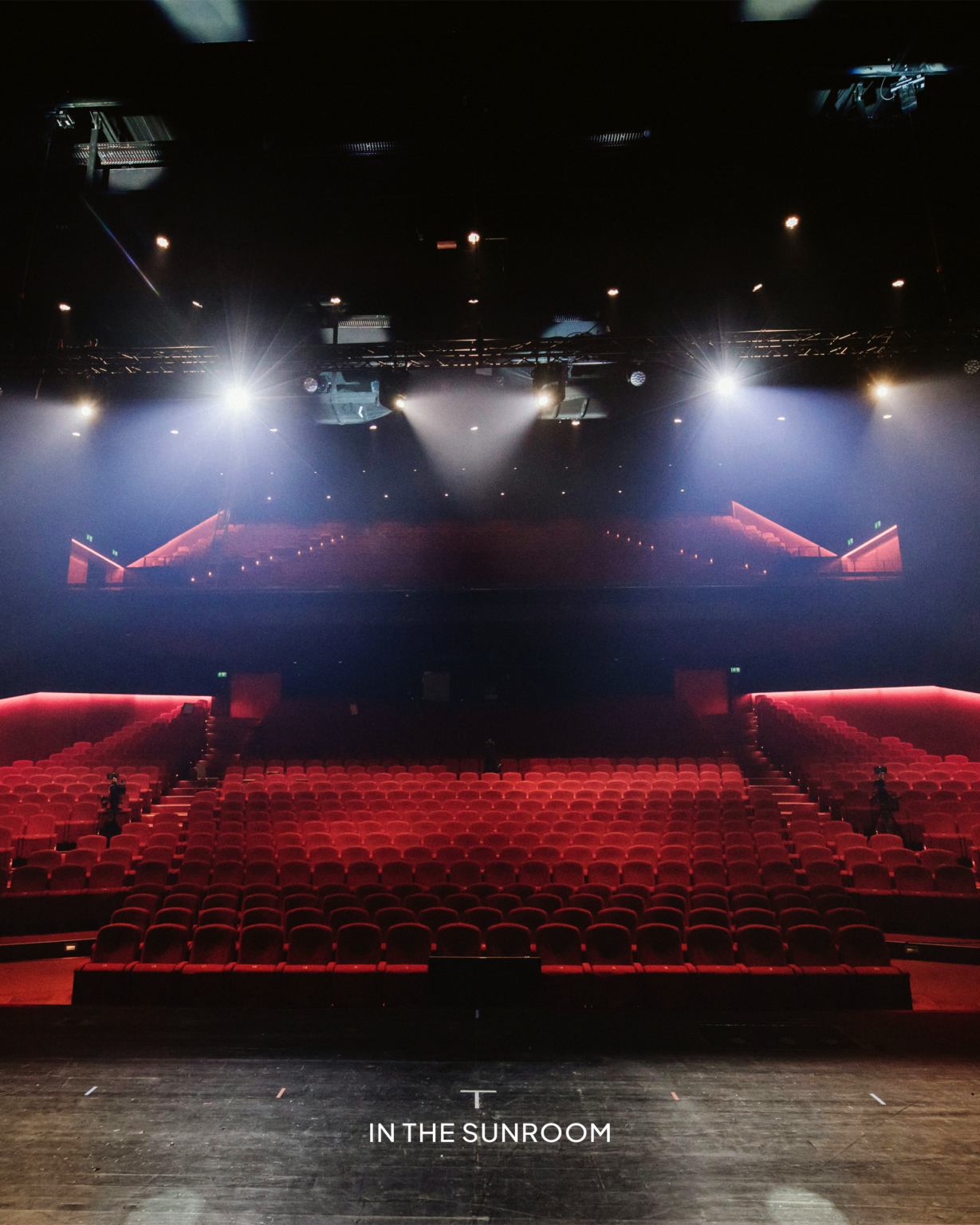Why you should build your brand as an OS? Simply put—to align your business identity across your organization.
One of the most common problems for mid-to-large organizations is to ensure all staff are clear about the business identity. Only then will they represent the business well, especially when it comes to customer touchpoints.
Most think that branding is just how something looks—a logo, a tagline, maybe a festive ad. And while those are important, they barely scratch the surface of what a brand can be. A strong brand isn’t just a marketing tool or a strategic business component—it’s the operating system (OS) of an organization. The OS defines how everyone within the organization thinks, acts, and scales with a unified identity.
Imagine an organization where every decision—whether it’s made by a CEO in Hong Kong or an intern in Singapore—is guided by the same set of principles, values, and identity. That’s the power of a brand as an OS that top to bottom can live and breathe. It goes beyond aesthetics to create alignment, consistency, and impact. In an increasingly remote workplace landscape, businesses with their brands functioning as their OS can achieve remarkable cohesion and scalability.
Table of Contents
What Does It Mean to Build a Brand as an OS?
Building a brand as an OS means embedding your brand’s identity into every aspect of your organization. It’s not just about how you present yourself externally—it’s about how you operate internally.
If your brand were a software program, it would run in the background of every department, process, and decision. Everyone—from marketing to HR to customer service—would be working from the same playbook, ensuring that every interaction reinforces the brand’s identity.
When developed and done right, a brand OS creates:
- Alignment: Everyone from the boardroom to the locker room understands the brand’s mission and how they contribute to it.
- Consistency: The brand experience is cohesive, whether you’re interacting with the website, its sales rep, or the product itself.
- Scalability: As the organization grows, the brand OS ensures that its identity doesn’t get misinterpreted.
“If your brand were a software program, it would run in the background of every department, process, and decision.”
Businesses That Have Built Their Brand as an Os
Grab (Singapore)
Grab, the Southeast Asian tech giant is a perfect example of a brand that operates as an OS. What started as a ride-hailing service has evolved into a multi-faceted “super app,” offering everything from delivery to financial services.
But Grab’s brand identity hasn’t wavered despite its triumphs and tribulations over the years. At its core, Grab positions itself as a platform that empowers everyday Southeast Asians by making their lives more convenient.
Here’s how Grab’s brand functions as an OS:
- Purpose-Driven Culture: Grab’s mission to “drive Southeast Asia forward” isn’t just a slogan. It’s embedded in their hiring, training, and customer engagement strategies.
- Localized Consistency: While Grab adapts its services to different markets (e.g., catering to cash-based economies in Indonesia), its brand values—convenience, reliability, and inclusivity—remain consistent.
- Employee Alignment: Grab ensures that its employees are aligned with its purpose through regular communication, team-building initiatives, and community-focused programs.
I had a wonderful time learning about its culture from one of its long-time Grabbers in a personal conversation.
Takeaway: A brand OS helped Grab scale across diverse markets without losing its identity, ensuring that every interaction feels unmistakably “Grab.” Whether booking a ride in Manila or paying for groceries in Bangkok, it’s all the same.
IKEA (Sweden)
IKEA is a household name for furniture shopping but it’s really more than that; it’s become a cultural icon. When you think IKEA, you immediately know how the shopping experience will be like no matter which country you’re in.
Here’s how IKEA’s brand operates as an OS:
- Design Principles: From a $10 lamp to a $1,000 kitchen system, every IKEA product adheres to the same design philosophy. Their consistency reinforces their identity—functionality, simplicity, and affordability—across all markets.
- Employee Training: IKEA employees worldwide are trained to embody the brand’s values, such as respect for people and sustainability.
- Sustainability as a Guiding Principle: IKEA’s commitment to sustainability influences the organization from sourcing materials to designing energy-efficient stores.
When I lived in Australia and Japan, I always knew what I could get in IKEA as I did in Malaysia.
Takeaway: IKEA’s brand OS lets its brand mission shine through every decision, from product development to customer service, regardless of markets.
“When you think IKEA, you immediately know how the shopping experience will be like no matter which country you're in.”
MUJI (Japan)
MUJI’s name, derived from “Mujirushi Ryohin” (translated as “no-brand quality goods”), reflects its commitment to simplicity and quality. The Japanese lifestyle brand is a shining example of a brand OS that prioritizes minimalism, functionality, and sustainability.
Here’s how MUJI’s brand operates as an OS:
- Design Philosophy: MUJI’s aesthetic—minimal, neutral, and functional—is consistent across all products, from stationery to home furnishings. This design philosophy guides not just what MUJI creates but how it creates.
- Customer-Centric Values: MUJI’s commitment to reducing waste and promoting sustainability is evident in its product packaging, sourcing practices, and in-store experiences.
- Global Consistency with Local Adaptation: While MUJI stays true to its minimalist ethos globally, it adapts to local cultures. For example, in Singapore and Malaysia, MUJI offers food and lifestyle workshops to deepen its connection with the community.
I am a big fan. As a buyer, I was impressed how well-versed the IA was with Tokyo’s stock status for items I wanted!
Takeaway: MUJI’s brand OS ensures that its commitment to simplicity and sustainability resonates across all markets. This is why they are a trusted name in functional design.
How to Build a Brand OS for Your Organization
Your brand will grow and more will join in on your mission. To help scale smoother and attract the right talents for your team, it is important to have a brand OS that aligns.
If you’re ready to turn your brand into an OS, here are some steps to get started:
- Define Your Core Identity: What are your brand’s values, mission, and vision? These should guide every decision.
- Embed Your Brand in Your Culture: Train your team to understand and embody your brand values in their work.
- Create Consistent Touchpoints: Make sure that your brand is reflected in every customer interaction, from marketing to product design to customer service—make sure it feels like the same “person.”
- Adapt Without Losing Identity: As you grow, find ways to adapt and localize your offerings to different markets and channels while staying true to your core.
Your Brand as a Compass
A brand is only as strong as your weakest link. Everyone has to pull their weight. If you build your brand as an OS, this effectively means that the brand serves as your organization’s North Star, everyone’s actions and decisions will be aligned. And it can help prevent diluted messaging, even as you increase customer touchpoints, grow new markets, and more stakeholders join in.
In a world where consistency, authenticity, and connection are under intense scrutiny, ask yourself: Is your brand merely a label, or is it the OS driving your team forward?










